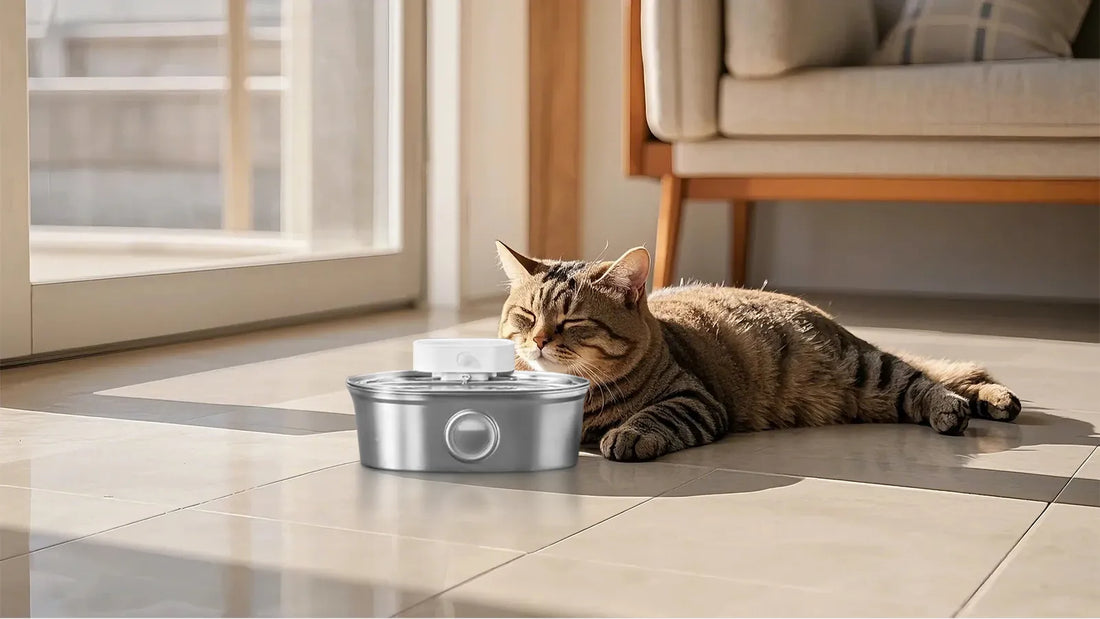Keeping your dog's ears clean is an essential part of their overall health and hygiene. Dirty ears can lead to infections, discomfort, and even hearing loss. If you've ever wondered how to clean dog ears properly, you're in the right place. This guide will walk you through the process step by step, ensuring your dog stays happy and healthy.
Why Cleaning Your Dog's Ears is Important
Dogs, especially those with floppy ears or long hair, are prone to ear infections. Moisture, wax buildup, and debris can create a breeding ground for bacteria and yeast. Regular ear cleaning helps prevent these issues and allows you to spot any potential problems early.
Signs Your Dog's Ears Need Cleaning
Before diving into the cleaning process, it's important to recognize when your dog's ears need attention. Common signs include:
- Foul odor coming from the ears
- Excessive scratching or pawing at the ears
- Redness or swelling
- Discharge or wax buildup
- Head shaking or tilting
If you notice any of these symptoms, it's time to clean your dog's ears or consult a veterinarian if the issue seems severe.
What You'll Need to Clean Your Dog's Ears
Gather the following supplies before starting the cleaning process:
- Ear cleaning solution (specifically designed for dogs)
- Cotton balls or gauze pads
- Treats to reward your dog
- A towel to catch any spills
Avoid using cotton swabs or any sharp objects, as they can damage your dog's ear canal.
Step-by-Step Guide to Cleaning Your Dog's Ears
Follow these steps to clean your dog's ears safely and effectively:
- Prepare Your Dog: Choose a calm and quiet environment. Gently pet your dog to help them relax.
- Inspect the Ears: Look for any signs of infection, such as redness, swelling, or discharge. If you notice anything unusual, consult your vet before proceeding.
- Apply the Cleaning Solution: Hold the ear flap upright and carefully pour a few drops of the ear cleaning solution into the ear canal. Avoid inserting the bottle tip directly into the ear.
- Massage the Ear: Gently massage the base of the ear for about 30 seconds to help the solution break up wax and debris.
- Let Your Dog Shake: Allow your dog to shake their head. This helps remove loosened debris from the ear canal.
- Wipe Away Debris: Use a cotton ball or gauze pad to wipe the outer part of the ear canal and the ear flap. Be gentle and avoid pushing debris further into the ear.
- Repeat if Necessary: If the ear is still dirty, repeat the process. Avoid over-cleaning, as this can irritate the ear.
- Reward Your Dog: Give your dog a treat and praise them for their cooperation.
Tips for a Successful Ear Cleaning Experience
Here are some additional tips to make the process easier and more effective:
- Clean your dog's ears regularly, but not too frequently. Over-cleaning can strip the ear of natural oils and cause irritation.
- Always use a cleaning solution specifically designed for dogs. Human products can be too harsh and cause discomfort.
- If your dog resists, try cleaning one ear at a time or enlist the help of a second person.
- Monitor your dog's ears between cleanings for any signs of infection or discomfort.
When to Seek Professional Help
While regular ear cleaning is important, some issues require veterinary attention. If you notice persistent odor, discharge, redness, or if your dog seems in pain, consult your vet immediately. They can diagnose and treat any underlying conditions, such as ear mites or infections.
Cleaning your dog's ears doesn't have to be a daunting task. With the right tools, techniques, and a little patience, you can keep your dog's ears clean and healthy. Remember, a little effort goes a long way in ensuring your furry friend's comfort and well-being. Start incorporating ear cleaning into your routine today and enjoy the peace of mind that comes with knowing you're taking great care of your pet.













